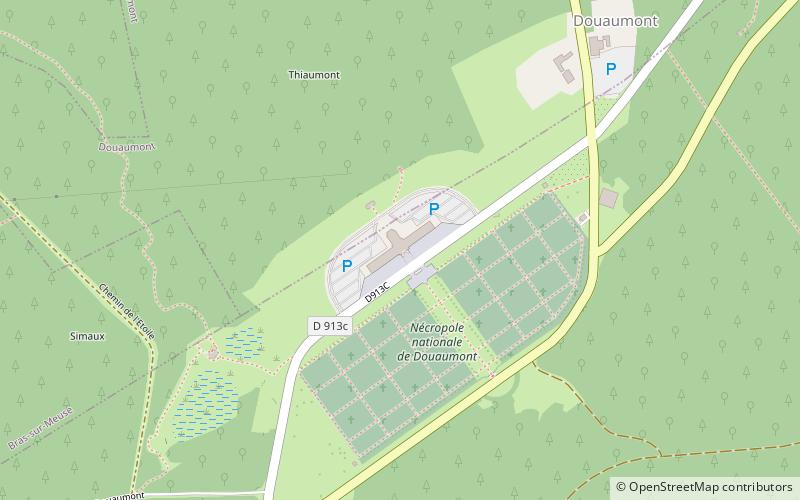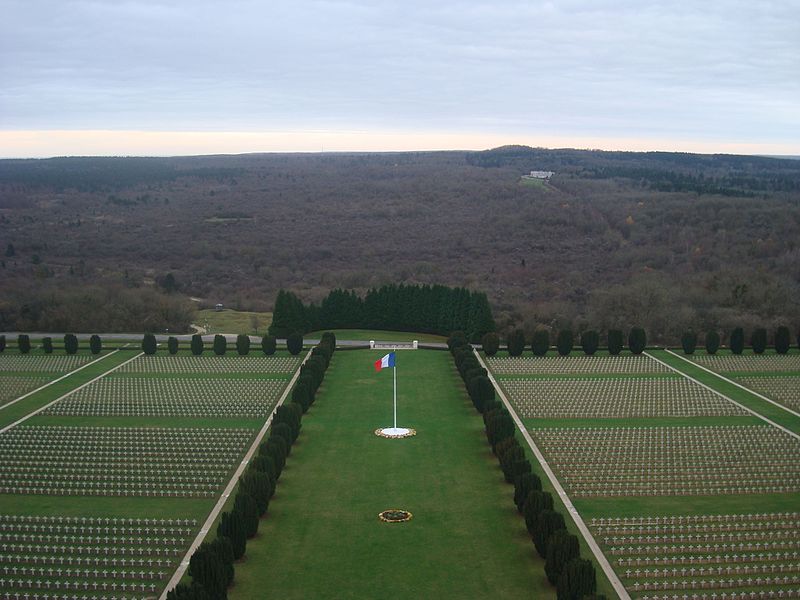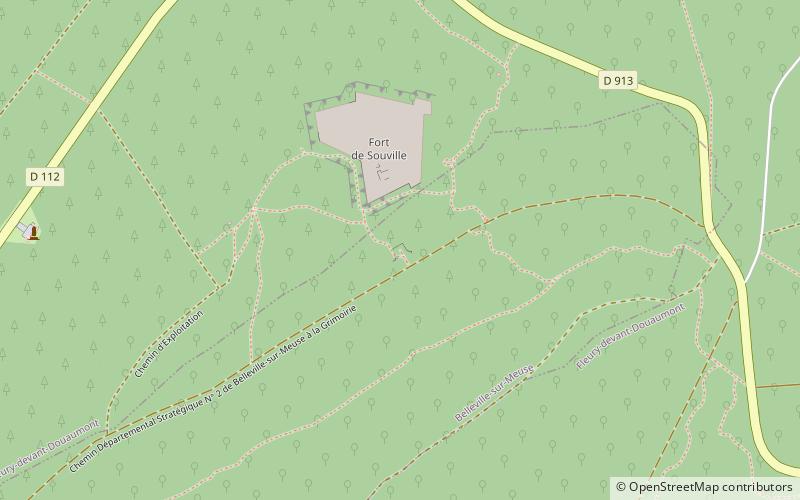Douaumont Ossuary


Facts and practical information
The Douaumont Ossuary in France stands as a solemn reminder of the Great War's grim reality. Located near Verdun, this monument houses the remains of over 130,000 unidentified French and German soldiers who fell during the Battle of Verdun in 1916, one of the longest and bloodiest battles of World War I.
Constructed between 1920 and 1932, the ossuary is a somber and poignant symbol of peace and reconciliation. Its architecture is marked by a towering central spire and an immense cloister that stretches over the battlefield. Visitors can enter the memorial and walk through the half-lit corridors, where light filters through stained glass windows, casting a hallowed glow over the countless tombstones.
At the foot of the ossuary, a cemetery holds the graves of 16,142 identified French soldiers who perished in the battle. The surrounding landscape, once scarred by trenches and shell craters, has been transformed into a hallowed ground, a reminder of the futility of war and the resilience of peace.
The Douaumont Ossuary is not just a final resting place for the fallen; it is also a destination for those who wish to pay their respects and reflect on the sacrifices made. The site also features a museum that provides historical context to the Battle of Verdun and the broader scope of World War I.
Douaumont Ossuary – popular in the area (distance from the attraction)
Nearby attractions include: Verdun Memorial, Fort Vaux, Verdun Cathedral, Fort Souville.











